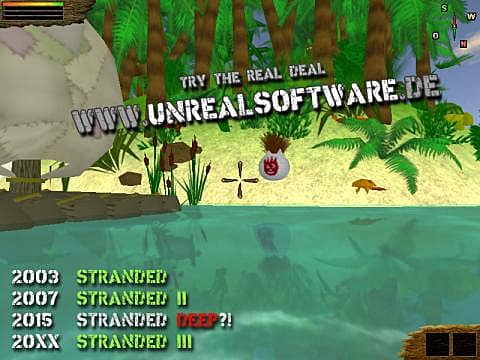

The nicks are finally sealed by DNA ligase 1 to complete Okazaki fragment processing. The flaps formed can be efficiently processed by the combined action of Flap endonuclease 1 (Fen1) and Dna2 to eventually create nicks. When Pol δ encounters a downstream Okazaki fragment, it displaces the 5’ end region of the Okazaki fragment, generating a single-stranded (ss) nucleic acid flap. The recognition of a primer RNA-DNA by the Replication-Factor C (RFC) complex leads to dissociation of Pol α-primase and loading of proliferating cell nuclear antigen (PCNA), resulting in recruitment of Pol δ to the primer-template junction, a process called ‘polymerase switching.’ Then the primer RNA-DNA is elongated by Pol δ. The synthesis of RNA portion (~ 10 to 15 ribonucleotides) and subsequent extension of short (~20 to 30 nucleotides, nt) DNA are coupled. Synthesis of an Okazaki fragment begins with a primer RNA-DNA made by polymerase (Pol) α-primase. Unlike leading strands, lagging strands are synthesized as discrete short DNA fragments, termed ‘Okazaki fragments’ which are later joined to form continuous duplex DNA. Leading strand synthesis, once initiated, occurs in a highly processive and continuous manner by a proofreading DNA polymerase. Activation of origins leads to the establishment of bidirectional replication forks for the DNA synthesis of leading and lagging strands. The assembly of replication initiation complex and its activation are well reviewed in many literatures ( Sclafani & Holzen, 2007 Remus & Diffley, 2009 Araki, 2010). The irreversible removal of initiation factors is a major mechanism to ensure DNA to be replicated once and only once per cell cycle. The elevated levels of Cdk activities lead to removal of some initiation proteins such as Cdc6 by proteolysis, allowing the pre-RC to be further activated for subsequent DNA synthesis.

This complex is activated by S-phase cyclin dependent kinases (Cdks) when cells enter S phase. The prereplicative complex (pre-RC) is formed by loading the replicative helicase MCM complex onto the ORC-bound origins with the aid of Cdc6 and Cdt1. Briefly, the ORC-bound origins are sequentially activated and deactivated along the progression of cell cycle. In yeast and most likely higher eukaryotes, the origin-recognition complex (ORC) and several other initiation factors play a pivotal role in activation and regulation of replication origins. Each origin is activated at different time points in S phase, which takes place once and only once per cell cycle. Continued abuse of our services will cause your IP address to be blocked indefinitely.In eukaryotic cells, DNA replication starts at many origins in each chromosome during S phase of cell cycle. Please fill out the CAPTCHA below and then click the button to indicate that you agree to these terms. If you wish to be unblocked, you must agree that you will take immediate steps to rectify this issue. If you do not understand what is causing this behavior, please contact us here. If you promise to stop (by clicking the Agree button below), we'll unblock your connection for now, but we will immediately re-block it if we detect additional bad behavior. Overusing our search engine with a very large number of searches in a very short amount of time.Using a badly configured (or badly written) browser add-on for blocking content.

Running a "scraper" or "downloader" program that either does not identify itself or uses fake headers to elude detection.Using a script or add-on that scans GameFAQs for box and screen images (such as an emulator front-end), while overloading our search engine.There is no official GameFAQs app, and we do not support nor have any contact with the makers of these unofficial apps. Continued use of these apps may cause your IP to be blocked indefinitely. This triggers our anti-spambot measures, which are designed to stop automated systems from flooding the site with traffic. Some unofficial phone apps appear to be using GameFAQs as a back-end, but they do not behave like a real web browser does.Using GameFAQs regularly with these browsers can cause temporary and even permanent IP blocks due to these additional requests. If you are using the Brave browser, or have installed the Ghostery add-on, these programs send extra traffic to our servers for every page on the site that you browse, then send that data back to a third party, essentially spying on your browsing habits.We strongly recommend you stop using this browser until this problem is corrected. The latest version of the Opera browser sends multiple invalid requests to our servers for every page you visit.The most common causes of this issue are: Your IP address has been temporarily blocked due to a large number of HTTP requests.


 0 kommentar(er)
0 kommentar(er)
